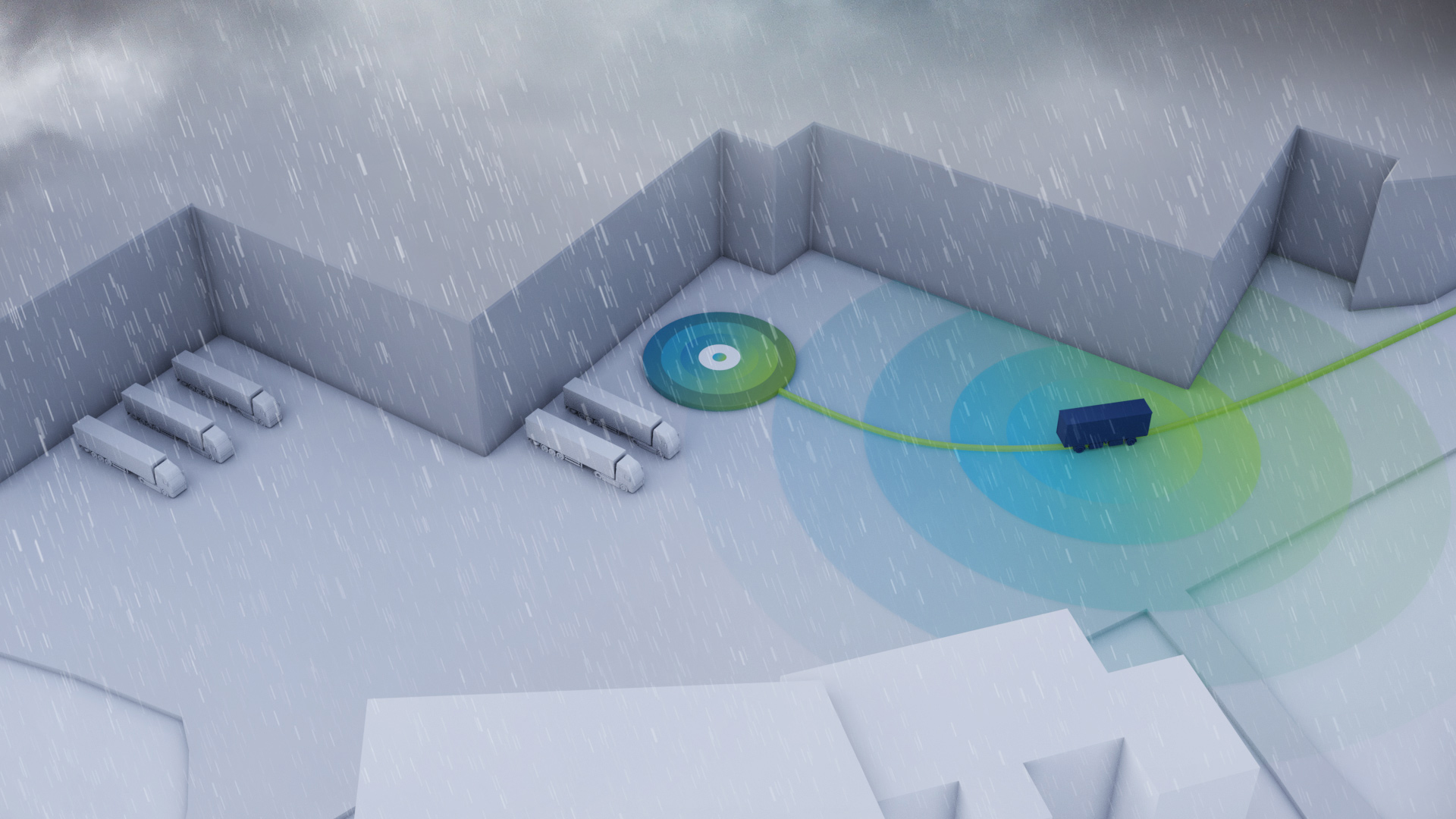On the road with automated shuttle in public
The RIAMO (Rural Communities enabled for integrated automated mobility) project is about implementing an efficient automated on-demand shuttle service. The focus here is on rural regions, where there are often poor public transport connections and therefore residents usually rely on their cars.
Accordingly, the project aims to provide residents of rural areas with better access to the higher-ranking public transport network.
The vehicle used in the project is the Digitrans eVAN automated test vehicle. It is a VW eCrafter that has been converted into a level 4 vehicle.
Start of the test operation
Starting in autumn, the automated shuttle in Linz-Pichling will run for two months between Pichling station, the Südpark business park and the solarCity streetcar stop.
The second real operation will then take place in spring 2025, in St. Florian, between the Technologiepark and Asten-Fisching station.
Due to the current legal situation, there will be a safety driver behind the wheel who will intervene in an emergency.
To ensure that the vehicle is really used “on-demand”, passengers will be able to register their need and order the shuttle to the desired stop via an app that has been specially developed for the project. This means that only those stops are served where someone is actually present. This avoids empty runs and reduces the travel time for passengers.
Special charging solution - automatic charging
Another special feature of the project is Volterio’s automatic charging solution.
This basically consists of two parts – one is installed on the floor of the vehicle and the other is integrated at a specific location in the parking lot. The vehicle is parked approximately above the floor unit for charging. As soon as positioning within the robot’s working area is confirmed, the ground unit connects seamlessly to the vehicle via a high-quality conductive connection and initiates the charging process.
Goals of the RIAMO Project
- Conception of on-demand services for rural regions
- Implementation of an efficient, automated mobility offering
- Focus: nationwide on-demand services and securing locations in rural areas
This could also be interesting for you
Further Insights

AWARD H2020 – Project Update: Green Light for Test Operation in Gunskirchen, Upper Austria
AWARD H2020 project update: Test operation under real conditions on partly public roads in Gunskirchen, Upper Austria has started. On the approximately 600m long road section between the two companies BRP-Rotax and the freight forwarder DB Schenker Austria, an automated electric truck with test approval will be tested in real-life operation from June 12, 2023.

Autonomous goods transport is coming to Upper Austria
In a practical use case, research is being conducted in Upper Austria with the two project partners BRP Rotax and the freight forwarder Schenker on a public transport section with an autonomous transport vehicle to find a hub-to-hub logistics application suitable for everyday use and independent of weather conditions.

EU Project AWARD H2020 – Challenges in automated freight transport
On the way to automated freight transport – Insights on the AWARD H2020 project. Digitrans project manager Hannes Watzinger provides insights into the three most important challenges during deployment.
